Heater Types
Sauna bathing promotes clear, healthy skin, and relaxes body & mind
Whats the Difference?
Heater Types

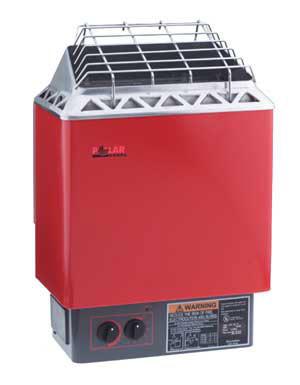
Electric Sauna Heaters
Since the 1950’s the electric sauna heater has dominated most sauna installations. Wall- or floor-mounted electric heaters are efficient, stylish, safe, and easy to use, and offer a superb sauna experience.
Combination Dry/Wet Sauna Heaters (electric)
These heaters combine traditional sauna heat from elements and hot rocks with an additional steam boiler tank that operates simultaneously. By offering this type of heater the traditional high temperature combined with the pleasure of genuine steam and multiple control panel options.
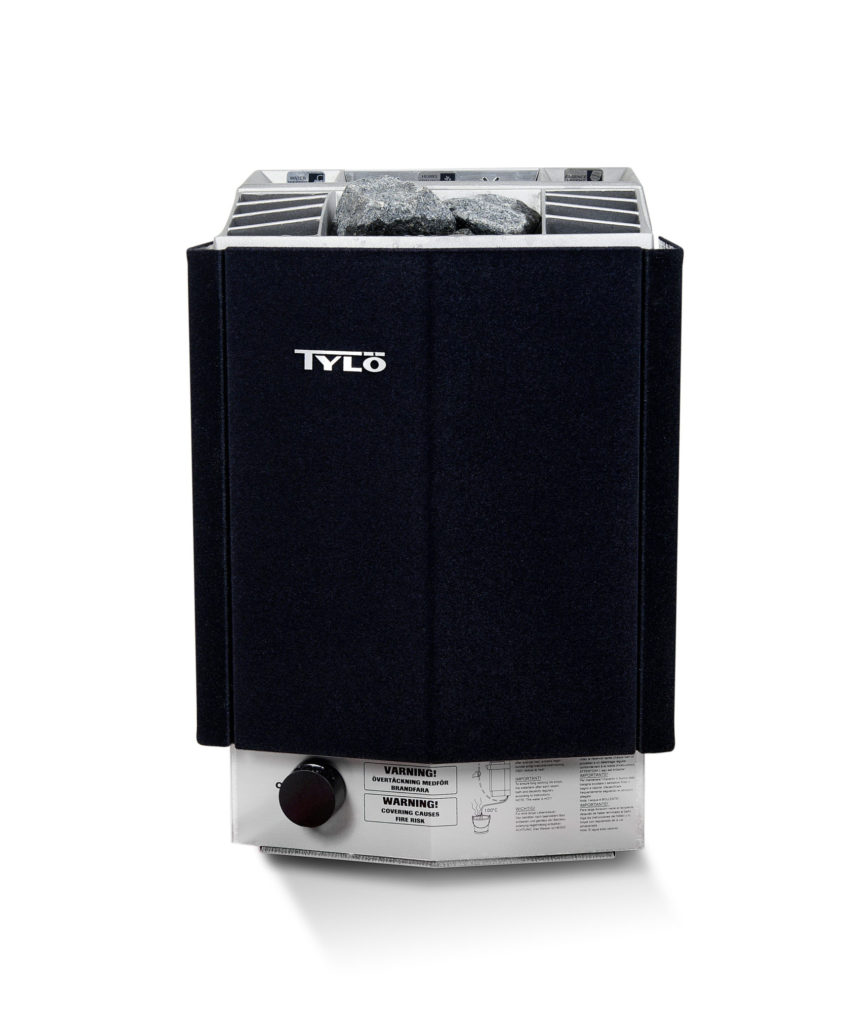
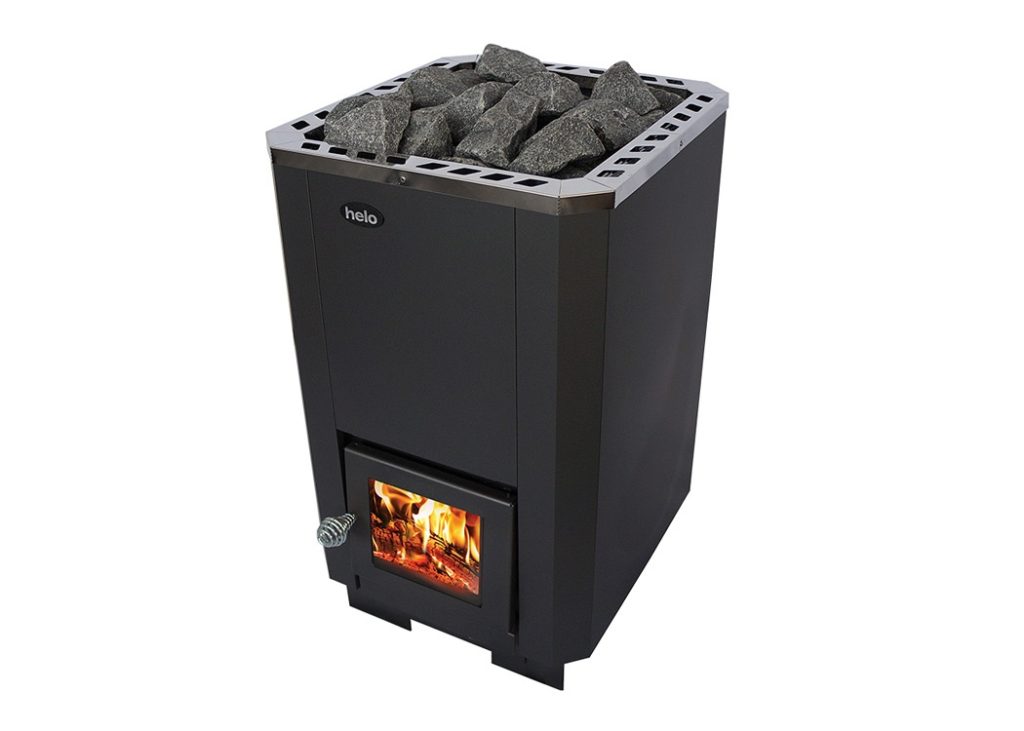
Wood-burning Sauna Heaters
The wood-burning sauna is the original Finnish sauna type. The wood is used to heat the sauna by burning it in the stove. The necessary temperature is reached by controlling the amount of fire in the stove. The ideal temperature for traditional Finnish sauna is not less than 65.5 C when measured where a person is sitting. Throwing some water on the heated rocks controls humidity in the sauna.
Gas Sauna Heaters
Like wood-burning sauna heaters, gas sauna heaters are ideal in areas where electricity is limited or unavailable, but where natural or LP gas is available. Due to their higher cost and limited availability (only one manufacturer in the United States producing them at this time), they are usually not the first choice for homeowners. Like wood-burning sauna heaters, these too are not meant for small saunas. Besides being costlier to ship due to their size, they also require a gas plumber or heating and air conditioning technician to ensure that gas lines and venting are installed properly. They are more prevalent in larger commercial saunas, as found in hotels, spas, and gyms. In these environments, it is not uncommon to have a 12-24 hour per day demand. In this type of setting, gas sauna heaters are effective and cost-efficient.
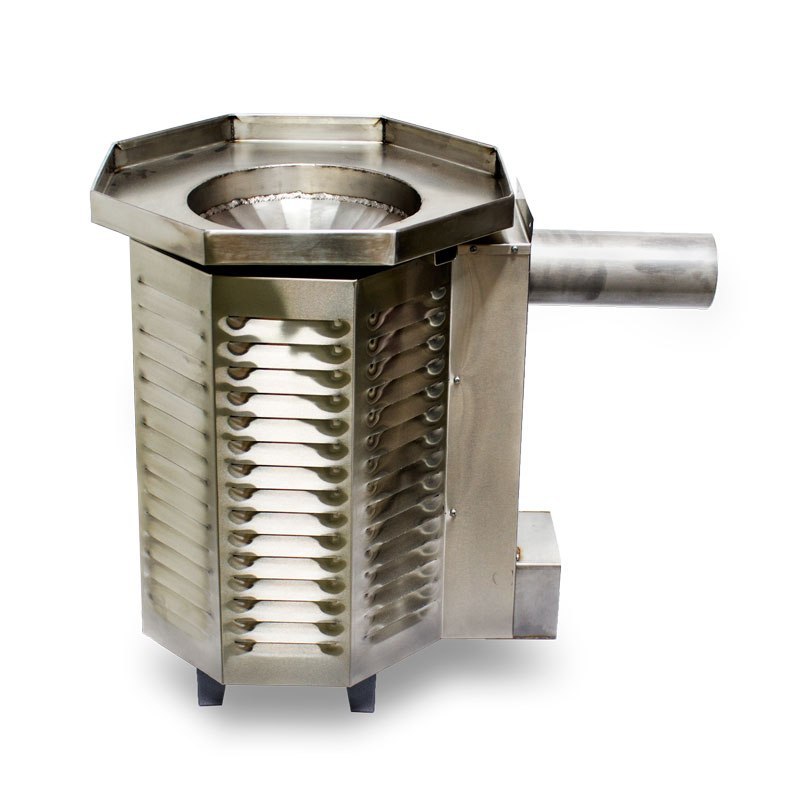
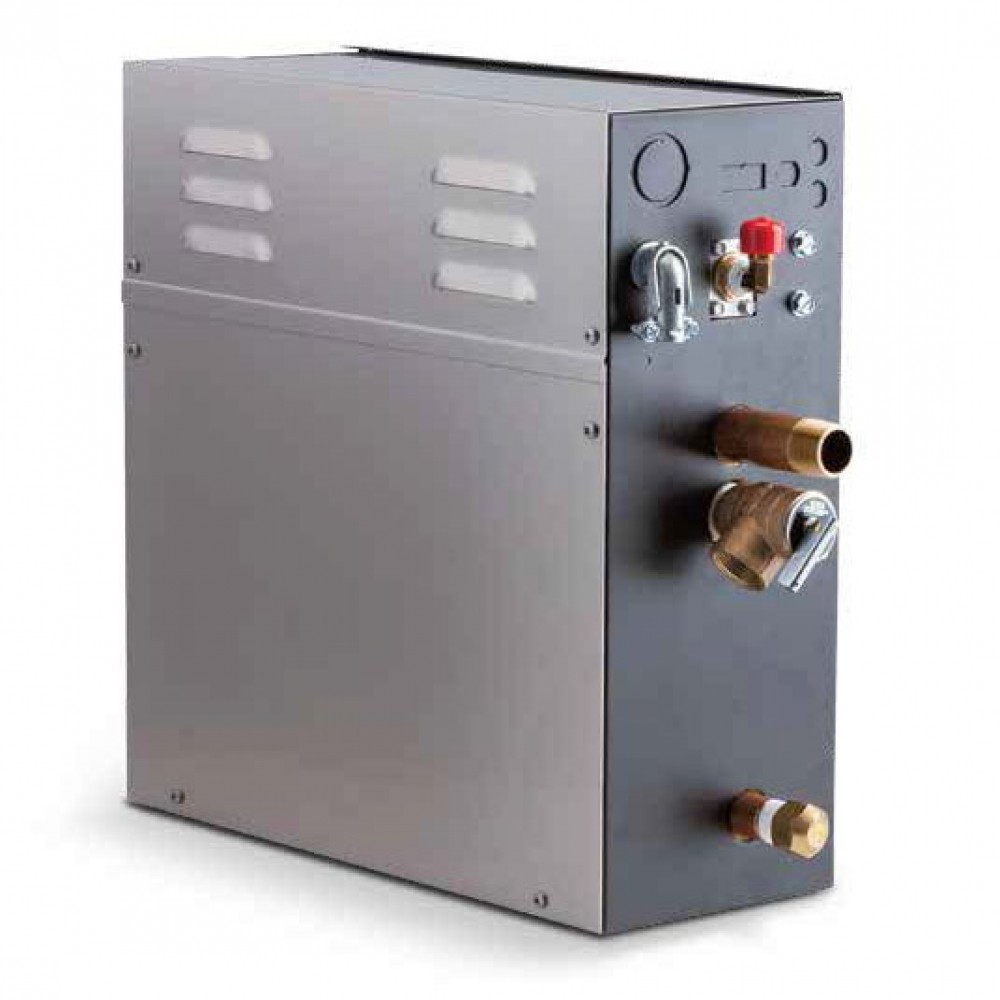
Steam Bath Generators
This type of bathing experience is used at a temperature around 100-120 degrees Fahrenheit in a room built with tiles, glass or acrylic inside of a sealed space. A steam bath has a lower temperature with 100% humidity. The humidity makes it feel hotter than what the actual temperature is.
Infrared Heaters
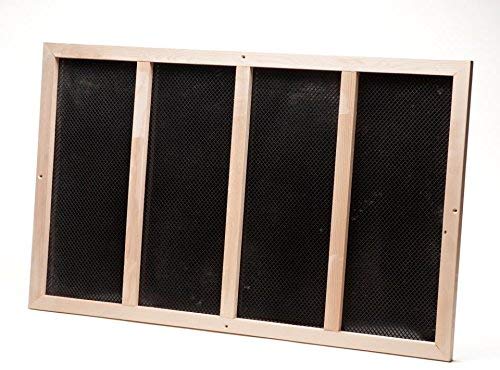
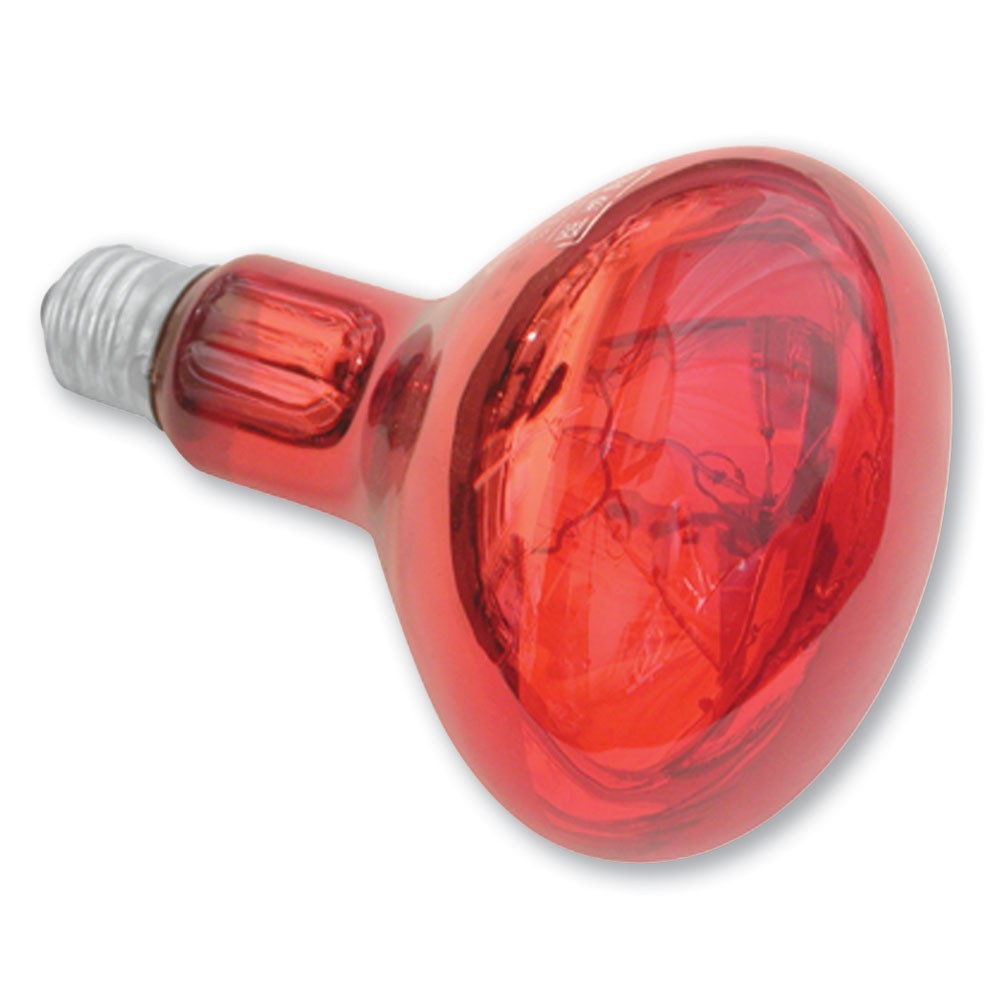
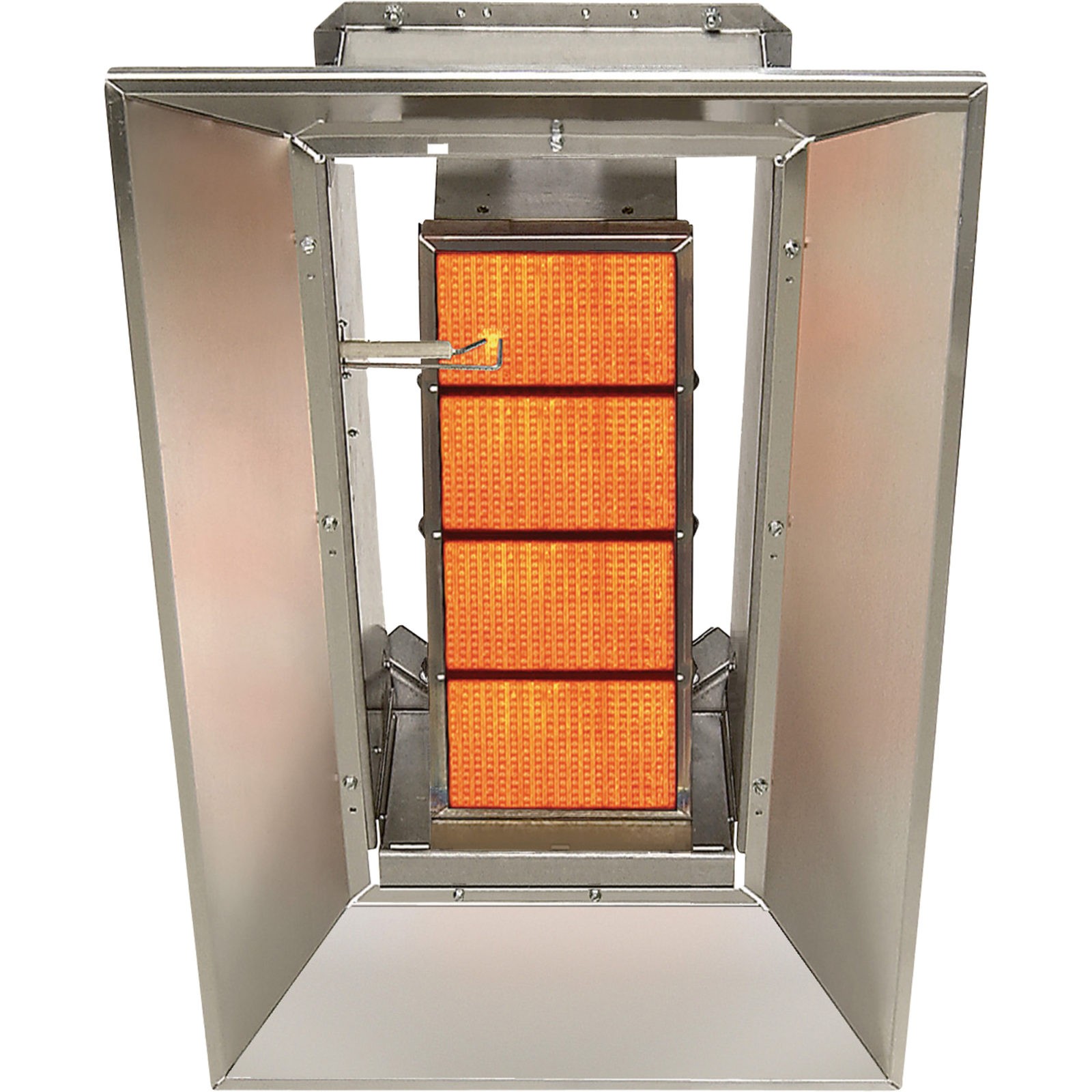
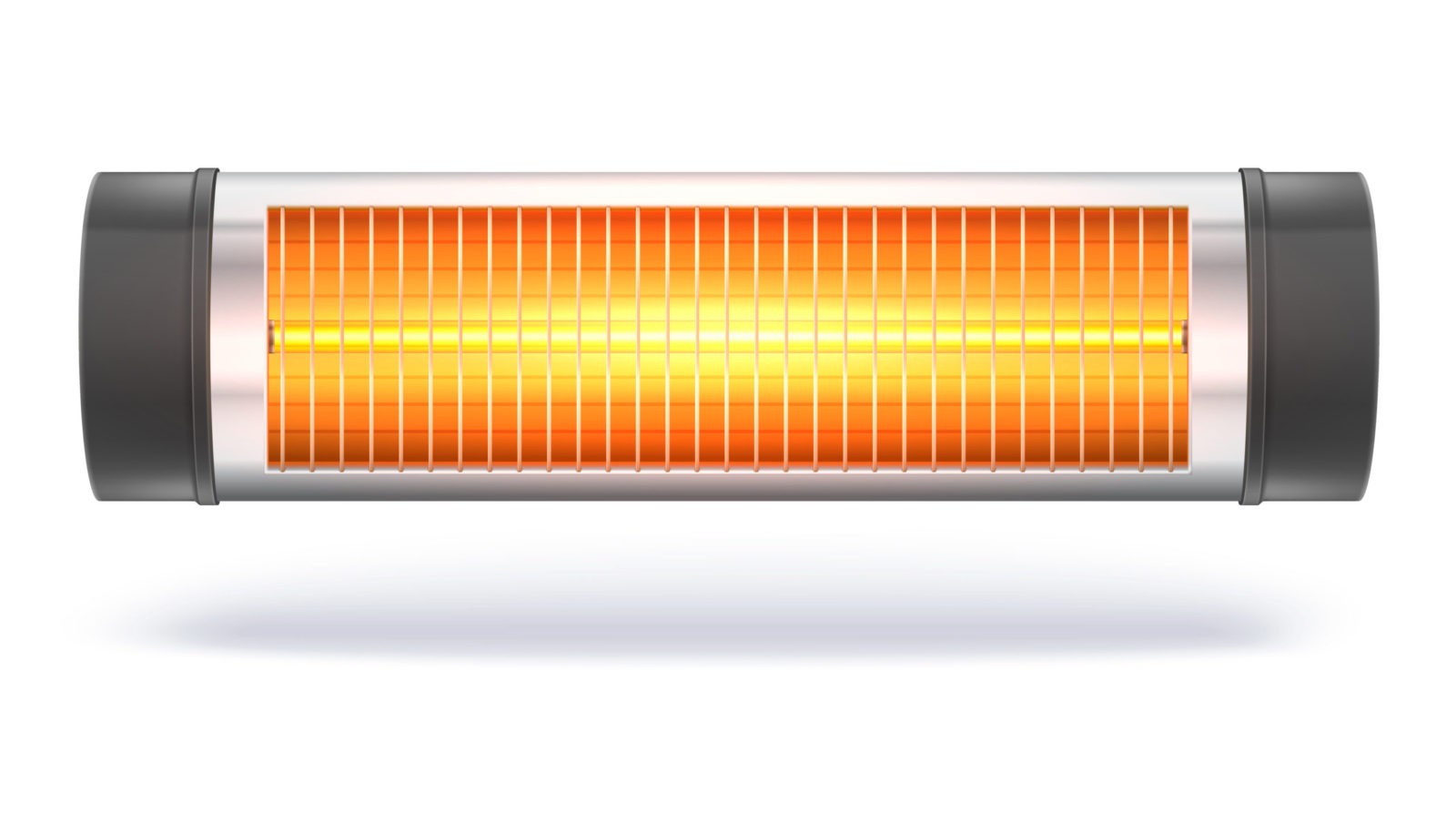
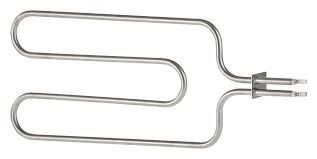
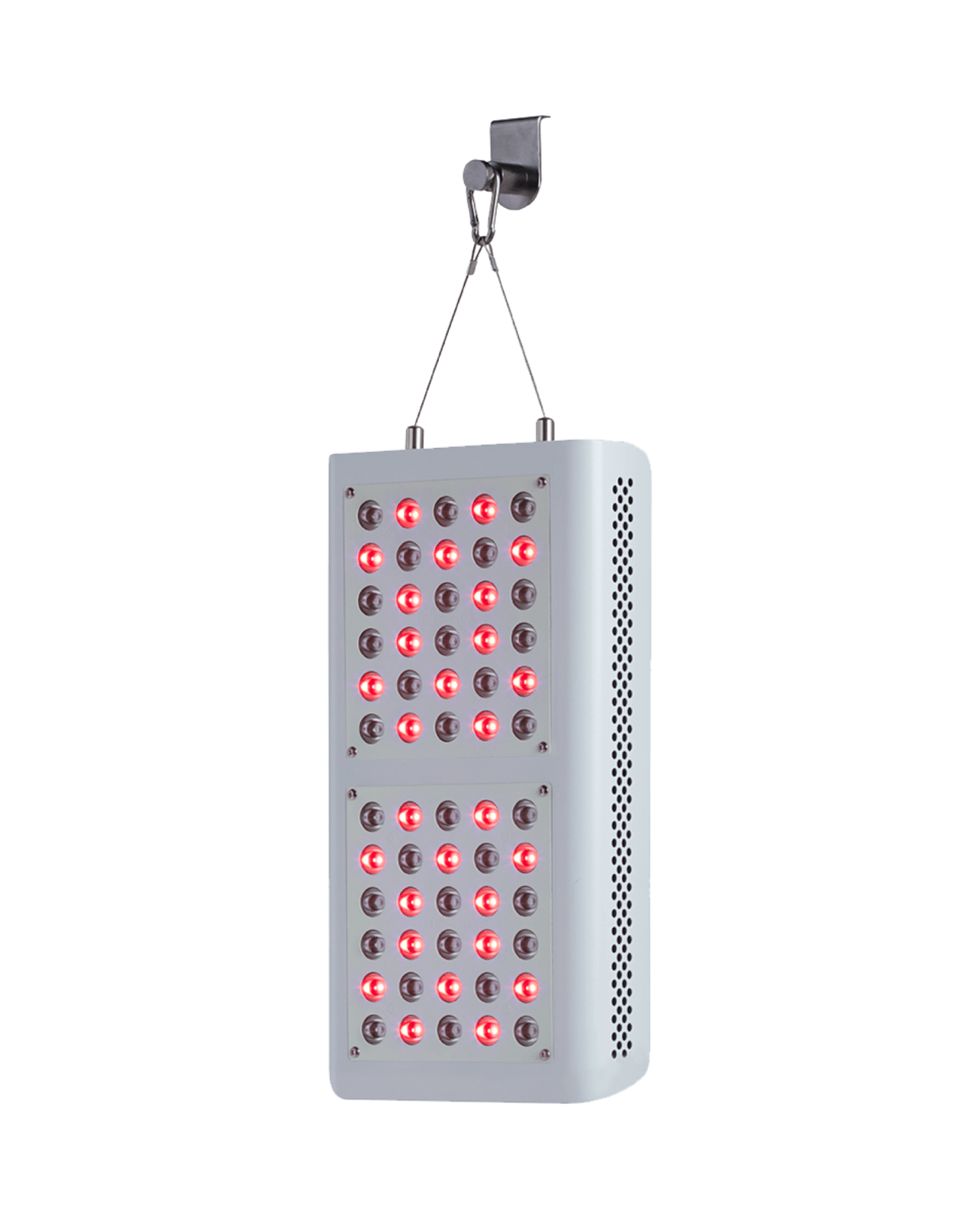
PLEASE NOTE: A wooden room that only uses these types of heaters are not considered a sauna by definition and are often called infrared rooms or cabins.
An infrared heating system is based on a person’s body heat rather than the atmospheric heating. Unfortunately, there is much confusion in the market about what they each do and don’t do. It is most common to use these type of heaters in addition to a sauna room for a more targeted area as it was meant for.
As the authority in all things “sauna”, Nordic Sauna will take the lead and clear up the details of infrared therapy and it’s comparison to a traditional style sauna.
Below we are going to look at the biggest debate, between an infrared room/cabin and a traditional sauna. We will explore the differences between these two room types, and why you may prefer one over the other.
If you enjoy steam, higher temperatures, and a more social environment, then a traditional sauna may be best suitable for you. If you prefer a lower temperature with dry heat, an infrared room may be for you.
Let’s look at the similarities between the rooms and the shared benefits. The goal of bathing in a sauna varies by each person, but let’s assume your goal is to enjoy the benefits of heat bathing, along with relaxation and stress reduction, sweating & relieving aches & pains. Both infrared rooms and traditional sauna provide these benefits, although the way these benefits are achieved is slightly different. It is good to understand that a traditional sauna room has more natural occurring long wave infrared than a man made infrared room.
Both of these sauna types can be dry. The infrared room tends to be close to normal home humidity levels unless it has been on for an extended period of time. The traditional sauna will be about 10% drier until water is sprinkled over the rocks. A traditional sauna is the only Sauna Bath in the world where the user can control both the temperature and humidity. Humidity is controlled by each user to his individual taste by how much water is thrown on the rocks. In an infrared room you control the temperature, but not the humidity. With this it also shows that an infrared room with only infrared heaters will come up short in the multi-therapeutic aspects a traditional sauna offers.
In either sauna or infrared room, you will experience deep relaxation, loosened sore muscles, and aching joints will feel relief. Perspiration burns calories, though the exact amount of calories burned is dependent upon each individual. Most of the weight loss in a sauna is water loss and is re-gained easily by hydrating. Without a doubt, either can be a very important part of a healthy weight loss program.
The temperature of a traditional sauna is typically between 150 and 185 F. In the United States, Underwriters Laboratory (UL) dictates that the maximum temperature at ceiling level of the sauna is no more than 194F. This means that the hottest point in the sauna, which is the ceiling directly above the heater, is typically around 190F.
The temperature in an infrared room is usually between 120-140F, however unlike a traditional sauna, the goal in an infrared room is not to achieve a high temperature, but instead, the bather wants the emitters to remain active because infrared energy is only being emitted when the sauna is on.
In a traditional sauna, perspiration is achieved when the user enters a heated room. When the sauna has been properly heated, the sauna walls are warm(producing long wave infrared naturally), the air temperature has achieved the desired temperature and the rocks(producing long wave infrared naturally) are superheated. The process of heating the room most often involves a wood or electric heater that heats the stones, which then radiate the heat throughout the room along with creating natural long wave infrared. When the high temperature is achieved, the elements cycle on and off to maintain temperature in electric models. Most traditional sauna users pour water over the rocks to create steam & raise humidity levels in the sauna. The benefit of pouring water over the rocks include making the room more comfortable, moistening of the nasal passages, & allowing the use of aromatherapy by mixing water with essential oils. This multi-sensory, multi-therapeutic experience cannot be achieved in an infrared room.
The heating time for the two rooms can be different, depending on how they are used. For a traditional sauna, the user should allow 30-60 minutes for the room to achieve the desired temperature and to preheat the rocks. The heating time is dependent on the ambient temperature from which the rooms begins heating, the amount of insulation inside the walls, and the ventilation in the room. A well-constructed sauna will typically heat to a 150-160 F temperature in about 30-60 minutes. For a hotter temperature, the room will need to heat for a longer period of time. Once the room has achieved the set temperature, the heater will cycle on and off, typically operating at about 50% of the time. The walls and heated rocks will keep the room hot and at a stable temperature.
For an infrared sauna room, a person may begin using the sauna when the room is turned on since energy is being emitted by the heaters, however many users prefer to wait until the room has reached 110 F. It is not uncommon for a person to spend 20-60 minutes inside an infrared room.
Regardless of which system is used, the user must closely monitor how they feel while using the products and must be sure to drink plenty of after each session. Drinking right before or during the sauna session causes you to sweat out the water you just ingested, instead of releasing toxins built up in the body through sweat.
